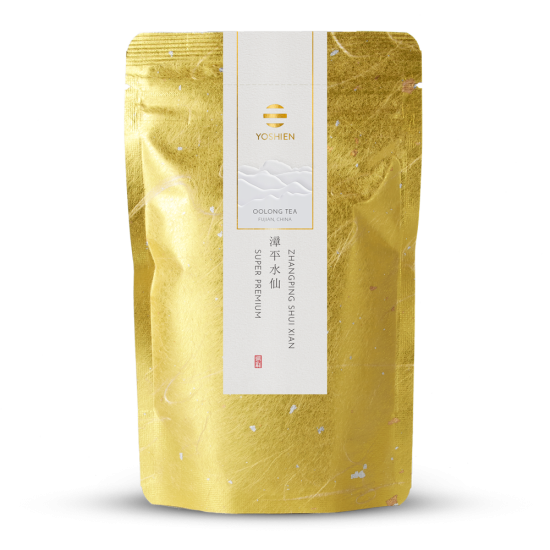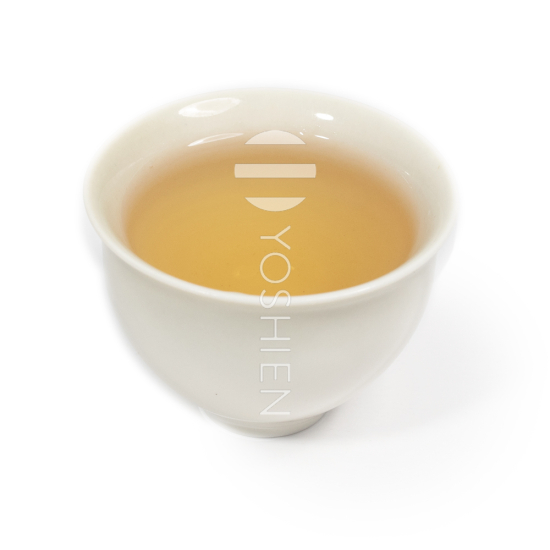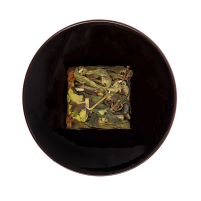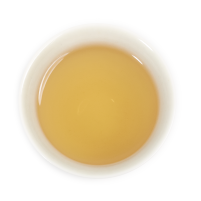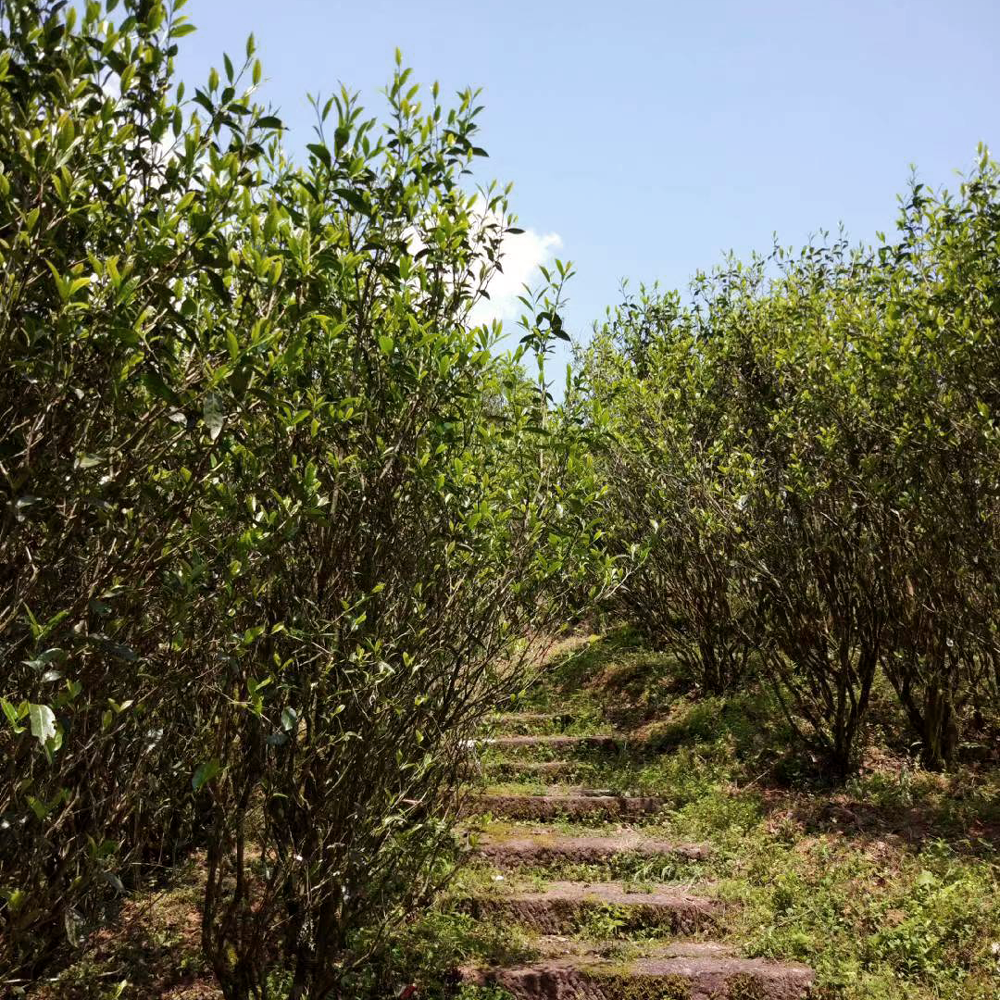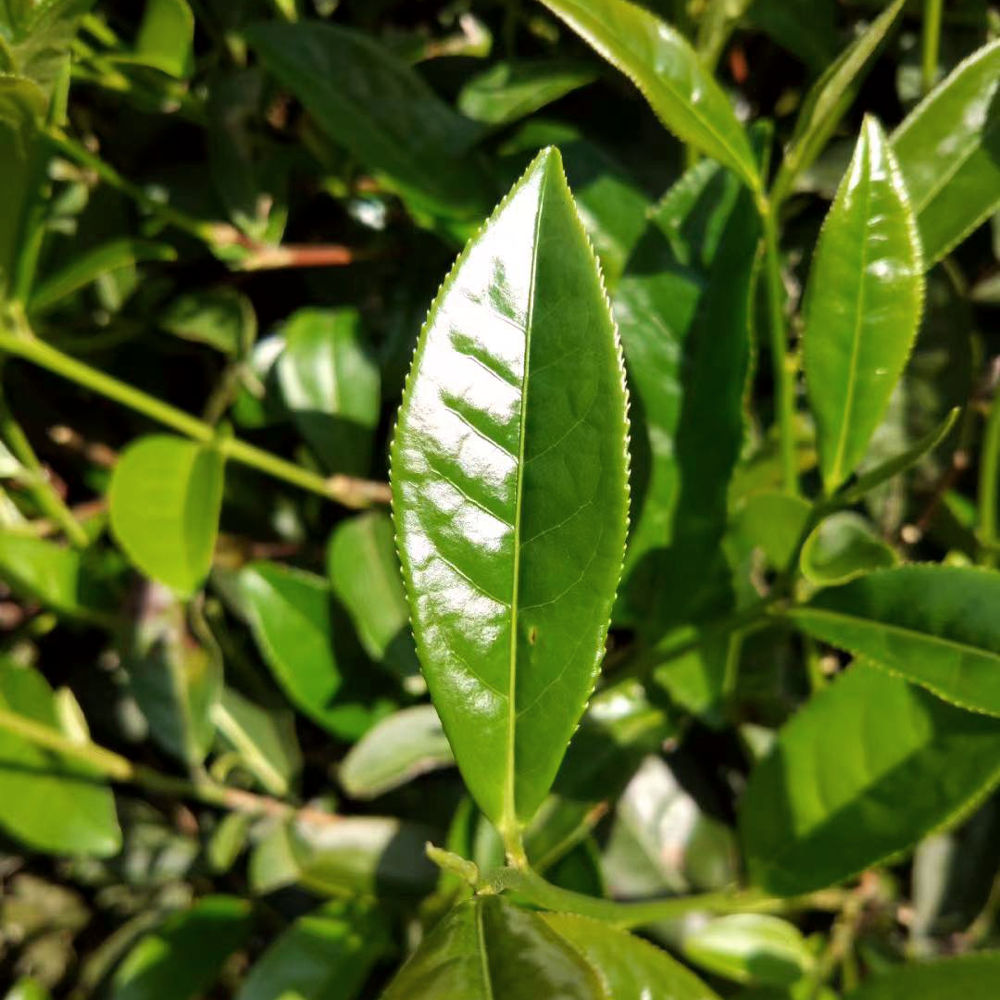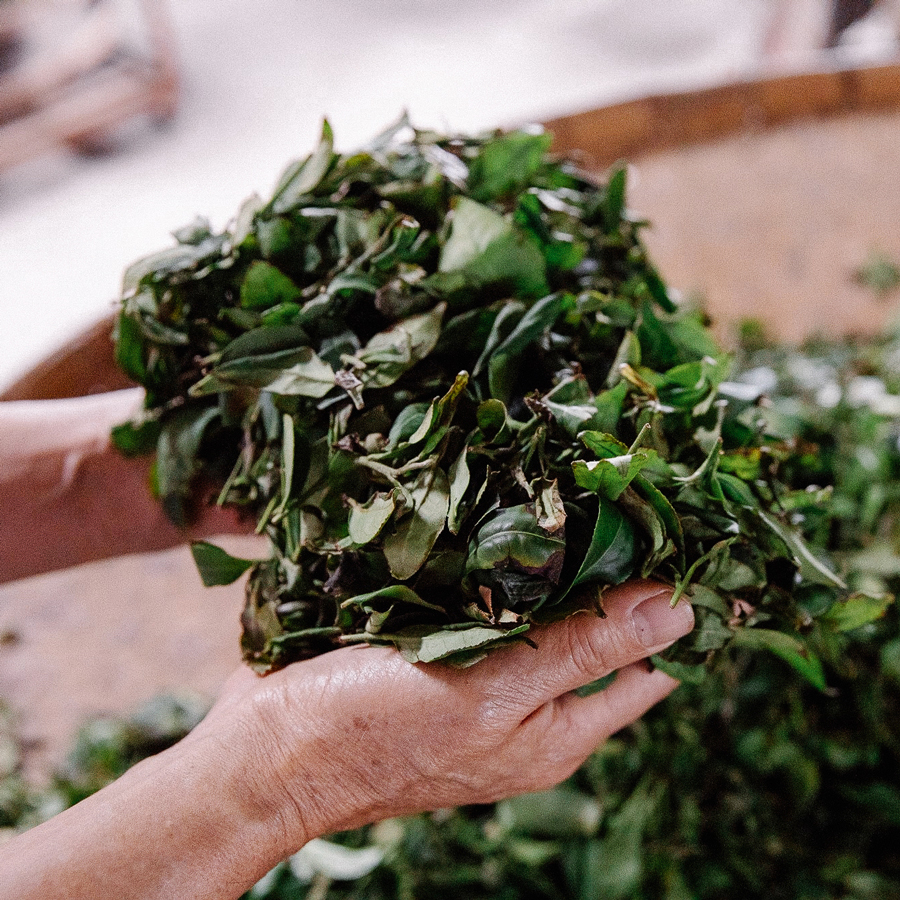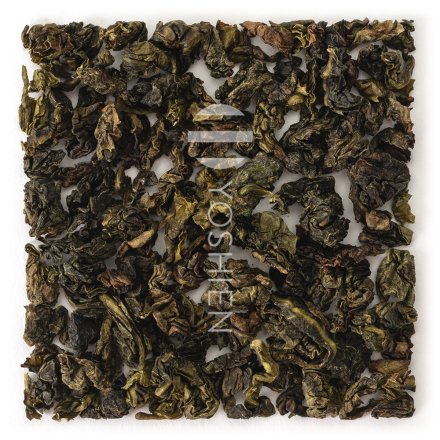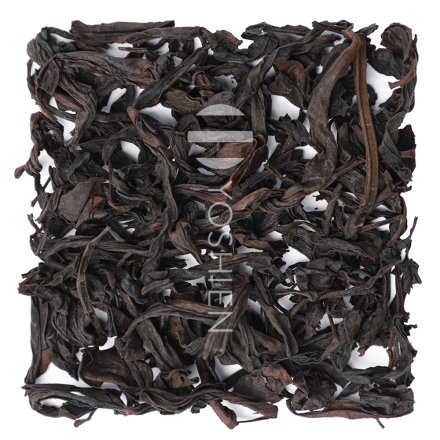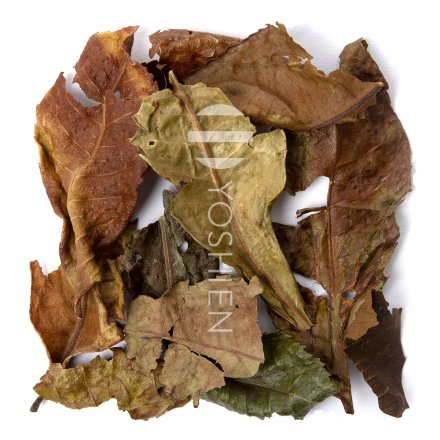Special features in location, cultivation and processing
History
The history of Zhangping Shui Xian Oolong dates back over 300 years to the early Qing Dynasty (1644–1912). At that time, it was offered as a tribute tea to the emperor. Originally, the tea was rolled and packaged into round balls, but later shifted to a more rectangular shape, which was considered more aesthetically pleasing. Pressing the tea into small packets was initially intended to facilitate storage and transportation. Over time, this became a hallmark and tradition of the tea.
Production
Zhangping Shui Xian can be harvested up to four or five times a year, with the best harvest occurring in spring and the final one taking place in November. The production process involves several important steps: sun-drying, shaking/oxidation of the tea leaves, fixing/heating the leaves (in Chinese known as “Kill Green” or "杀青" shāqīng), rolling, pressing and shaping the leaves, and finally baking. Key steps include the hand-shaping of the leaves into square forms using a small wooden hand press, and baking over charcoal, during which the temperature must be precisely controlled to avoid smoke. The pressed oolong packets are gently heated for final drying in large bamboo baskets over a charcoal fire. The initial temperature is 80–90°C and is then reduced to 50°C. This process can take up to 30 hours, with the tea being turned every two hours. Characteristics of high-quality Zhangping Shui Xian teas include a firm pressing of the leaves, a pleasant floral aroma, and evenly red-edged brewed leaves, indicating consistent and controlled oxidation during production.
The Tea Cultivar
The Shui Xian (水仙) cultivar, also known as Water Narcissus tea, is also used for other oolong teas in Fujian, such as Wu Yi Yan Cha. However, Zhangping Shui Xian has a distinctly different flavour profile – it is less roasted and more fragrant, with notes reminiscent of sweet osmanthus or orchids.
Single Origin
This tea comes 100% from the above-mentioned tea farm, directly sourced.





